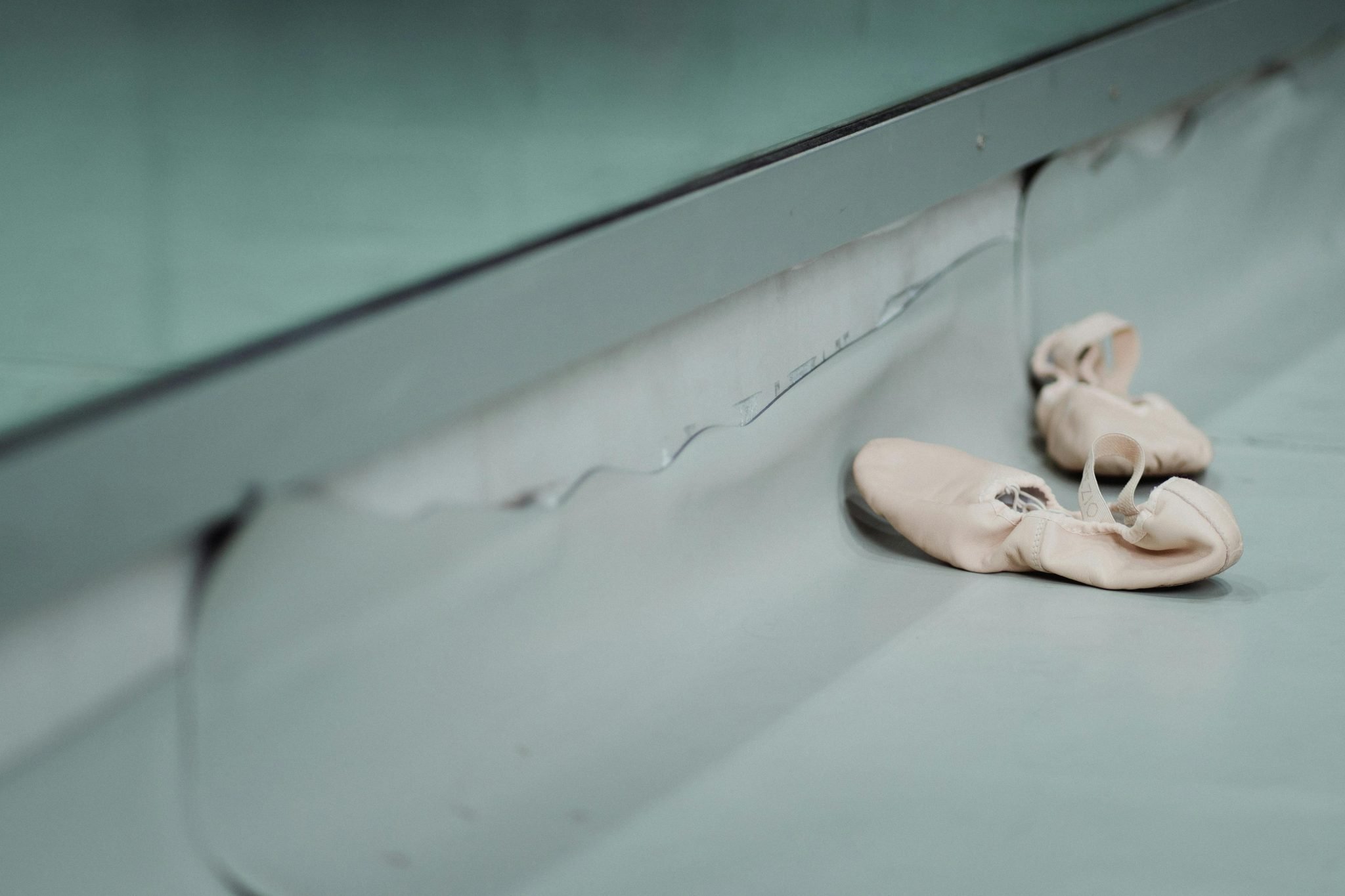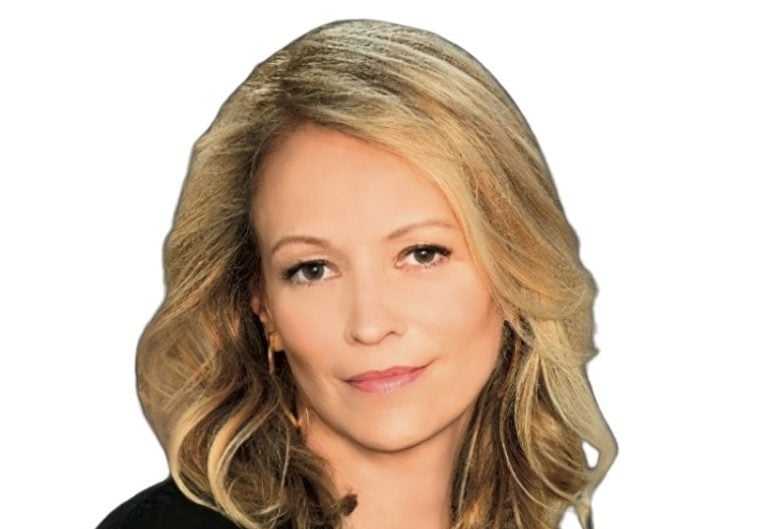Misty Copeland, the first Black principal dancer at the esteemed American Ballet Theatre, and one of Worth’s Groundbreaking Women of 2024, joined my Zoom call with the same sunny smile that has charmed audiences for over a decade. But Copeland, the most famous prima ballerina in the world, has extended her impact beyond the theater where she built her name and formidable reputation.
From starring in the viral Under Armour campaign titled “I Will What I Want,” to performing with late superstar Prince during his “Welcome 2 America” tour, Copeland has transcended the world of classical dance and become a household name. Through her non-profit, the Misty Copeland Foundation, she advocates for greater inclusion across the predominantly white art form of ballet. In addition to her career as a dancer, she is also an author, producer, founder, and activist. In our conversation, we touched on each of her projects and discussed her role as mentor to the next generation of BIPOC dancers.

This interview has been edited for length and clarity.
Can you tell me a little bit about The Misty Copeland Foundation?
I thought that this was something I would do much later in my life. [But] it just makes sense to do it now. And it was really weighing heavy on me during the pandemic, where it was like, ‘we’re missing out on so many opportunities to bring the arts and bring dance to Black and Brown kids and under-resourced communities, how can I tap into this? And how can I have a presence and make an impact in this space?’
And so, in starting the foundation, which is going to grow in so many different directions, we focused on our signature program—the Be Bold program—a free ballet class in an after-school setting. Right now we’re at 15 different community sites in the Bronx, and in Harlem. We’re reaching about 500 kids at this point, and we’re just coming into our second year of the program.
What made you decide to focus on an after-school program first?
Someone who gave me an opportunity at my community center—a Boys and Girls Club, saw potential in me. I was exposed to this art form in a way that I never otherwise would have had anything to do with if someone had not come into my community and given me an opportunity to see if this was something I could do.

Not even just to become a professional, but to be able to develop the skills and the tools that being a part of an art form can give you. I feel like it’s my duty, having the platform that I have to be able to use my power to give back in this way. So it’s really exciting to see the program growing and growing so quickly. It’s really beautiful.
A stat that I was shocked to read on your foundation’s website is that 25 million children would participate in an after-school program if they had access to it. And that underserved population is disproportionately made up of children of color.
You have been such a force of positive change for so many people. And in your 2022 memoir, The Wind at My Back, you talked about your mentor, Raven Wilkinson. I can’t help but think that there might be a lot of pressure for you to perform a similar mentorship role but on a much larger (digital) scale. And I was wondering if you feel that pressure? And if so, how do you deal with that?
From a young age, I’ve been so fortunate to have support, mentors, and people that have been there for me. And so I think I naturally saw how important it was for me to move into that position. It’s always felt really organic. The way ballet is structured, the information that we’re learning, and the tools that we’re [being given], have been passed down from one mouth to the next body, from generation to generation. So I feel like there’s this authentic and natural mentorship that happens within ballet…And it feels important, it feels like it’s my responsibility, especially as a Black woman, to give back and to represent…I just feel that it’s important for me to have that voice. But I definitely don’t feel pressure, it feels like this is what I need to be doing.
Going back to what you were saying about this lineage, and how there’s this built-in mentorship, is there anyone in particular you strive to emulate? Who have your greatest inspirations been?
I’ve had so many. Arthur Mitchell, who is the founder of the Dance Theatre of Harlem and was the first black principal dancer at the New York City Ballet. To have [had] him in my life for as long as I did, and see what he built for our community…creating this incredible opportunity for Black and Brown dancers, he’s someone that has really inspired me in ways that I think I’m not conscious of in the moment. Even with creating my foundation, I’m like, ‘Oh, this is Mr. Mitchell in me. Wanting to do this work and give back to the community.’
Someone [who is] a strictly ballet-based inspiration I would say is Irina Kolpakova, who has been my ballet mistress, or like my coach, for my whole career. She had a phenomenal career—a very famous Russian ballerina…She’s in that space, and she’s working with us on our craft, but reminding us that [we are] human and we have so many other aspects of ourselves. And I think that just having that human connection brings out the better artist in you as well because you understand your worth and your value. And that it’s not just ballet that defines you. She’s got a really special way of connecting with the dancers that she works with.
Can you tell me about your petition to expand the shade range of the Pointe shoe emoji?
You know, I’ve had so many conversations where people are like, ‘Is this really an important thing?’ And of course it’s not at the top of the list of things that are important in the world. But yes, it is important. I think that young people look at social media as tools that are a part of how they get their voices out. And emojis happen to be part of that. It’s a part of what represents them, who they are, and what it is they’re saying. So I just think it’s really important that there’s representation in that space as well.
What was the process of producing and starring in “Flower”?
Oh my gosh, it was such a big learning curve. For me and my partner, Leila—we both founded Life in Motion productions—we really came into this process gung-ho. We knew that there are important stories that we wanted to tell and, in a way, that a lot of people don’t understand what it is to be a dancer.
I read that it was a bit of an homage to the silent Black films of the 1920s. Is that true?
Yes! The original concept came about with Nelson George, who was the director and producer of my [2015] documentary, “A Ballerina’s Tale.” And when we came together, and got together with Leila, we really started to create the concept. Him wanting to capture me on film, doing what I do on stage, which is movement, dancing, acting, and telling a story through that form kind of evolved into ‘Well, maybe this is a silent film.’ And then going back and thinking about Black silent films and the importance of that genre—and the fact that it got wiped away. [Meaning that] when old Hollywood was looking to make space, they burned all the Black silent films.
[So we were] thinking of like, how can we pay homage and give back, and show the power of Black bodies moving on film and on screen?
We did the fundraising on our own during the pandemic—over Zoom. We were doing the casting, finding our entire team of crew and directors. It was a really hard process. And for me to be on this [production] side of things, but also be preparing to be in front of the camera and doing something that is a bit different from what I’m used to—Yeah, it was an emotional roller coaster. But we’re so proud of what we created. And I feel like we learned what to do, and what not to do, and that people do want to see this work. We’ve had such an incredible response and turnout whenever we’ve done screenings all over the United States.
When telling your story, what does the press typically get wrong?
I understand people want to have a headline, or they want to get clicks or sell magazines, or whatever it is, but I think it’s important to remember that I’m not the first to do this. Yes, I’m the first black woman [to be principal dancer] at ABT, but I think really honing in on how I got here, and that there are so many dancers that don’t have big names, and weren’t famous, or didn’t even dance for a major ballet company, but contributed to me getting to this place, I think, is something that often is overlooked.
What can we ask our readers to do to help you?
First and foremost, support the arts by showing up and buying a ticket. Even if it’s a cheap ticket in the back, even if it’s a student ticket, I think showing support in that way is invaluable.
Beyond that, stepping outside of your comfort zone, doing research, and finding organizations that connect with you, and then making donations. You know, the arts are not government-funded here in the States. These are independent entities that are trying so hard to do work that should be offered in our public schools the same way any other subject is.











